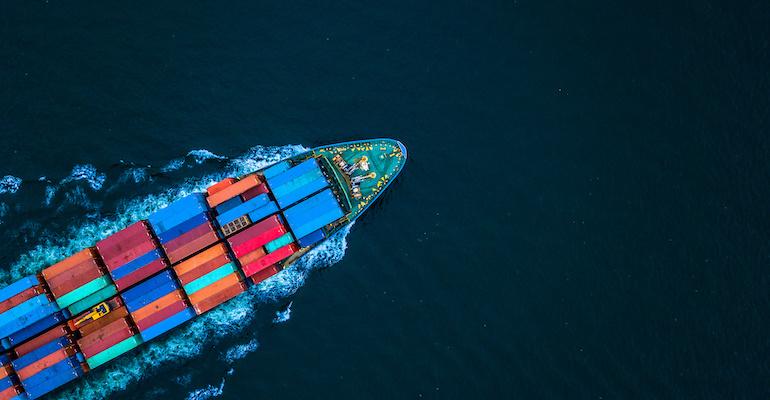Maritime Strategies International (MSI) Container Markets Analyst Daniel Richards notes that spot market increases are outstripping the cost of diversions.
This raises the question of whether the market is overacting and panicking with shippers jittery over a repeat of supply congestion seen during the pandemic which led to severe delays, space shortages, and record container freight rates.
Richards says, “fear rather than facts could be driving the rise in container markets rise”. With rate rises higher than justified by the costs of rerouting via the Cape of Good Hope it suggests a combination of panic, as well as an attempt to secure space in coming weeks when vessels are delayed coming back to Asia.
While the level of recent spot rate rises can be seen as in part driven by panic much will depend how long the crisis in the Red Sea lasts. Richards says the impact on both freight and charter rates will be significant if the disruption continues.
The vast majority of containerships – some 80% according to analyst Linerlytica - have chosen divert away from the Red Sea and Suez Canal between 15 December and 7 January. This equates 354 units for 4.65m teu or 16.4% of the fleet. Only a few smaller lines such as SeaLead Shipping and Newnew Shipping have chosen not to divert any services.
Linerlytica believes there are more freight rate increases to come, saying, “These diversions will result in an expected capacity shortfall of up to 40% for departures from Asia to Europe and the US East Coast in weeks 4 to 6, with freight rates expected to surge further over the coming weeks.”
The spike in rates reported by the Shanghai Containerized Freight Index (SCFI) was particularly high in the final week of 2023 with an increase of over 40% in the week ended 29 December 2023. For the following the index increased by a more moderate, but still significant, 7.8% week-on-week for the week ended 5 January, marking its highest level since October 2022.
HSBC Global Research commented in an update on its Global Freight Monitor: “We caution that the unstable situation in the Red Sea could result in congestion at ports in other regions due to uncertain vessel schedules, and equipment shortages driven by the displacement of empty containers, which could be further compounded by the approaching Lunar New Year (LNY).
“Should the crisis remain unresolved in the next couple of weeks, elevated spot rates could lead to higher contract rates as liners are negotiating their annual contracts with retailers. This could potentially help prevent the sector profits from declining too much vs the expectations before the disruptions.”
Copyright © 2024. All rights reserved. Seatrade, a trading name of Informa Markets (UK) Limited.
Add Seatrade Maritime News to your Google News feed.  |

